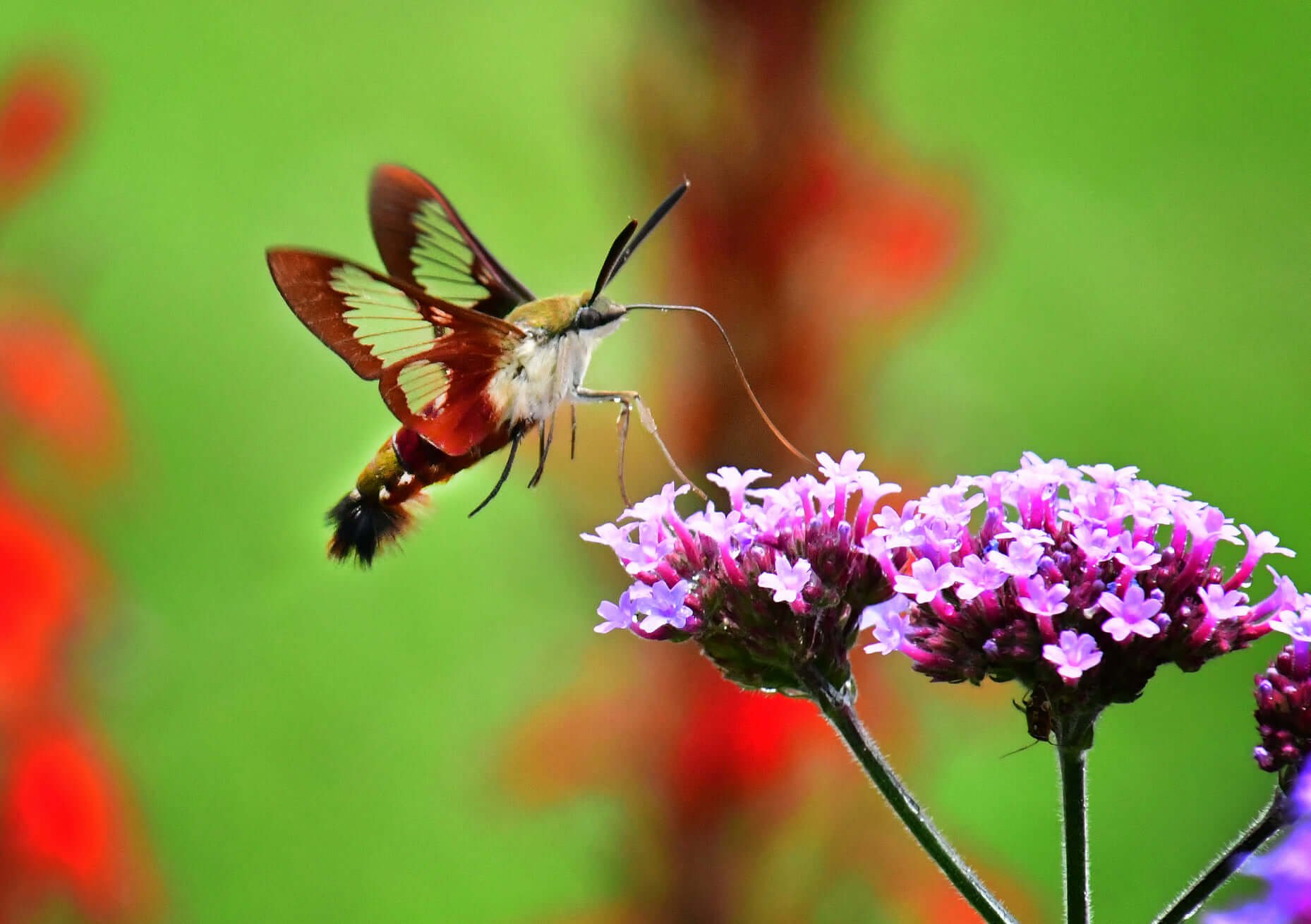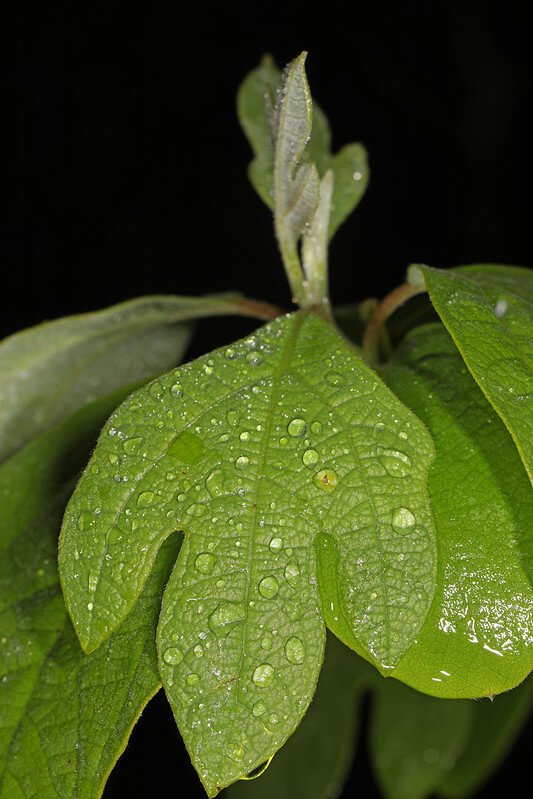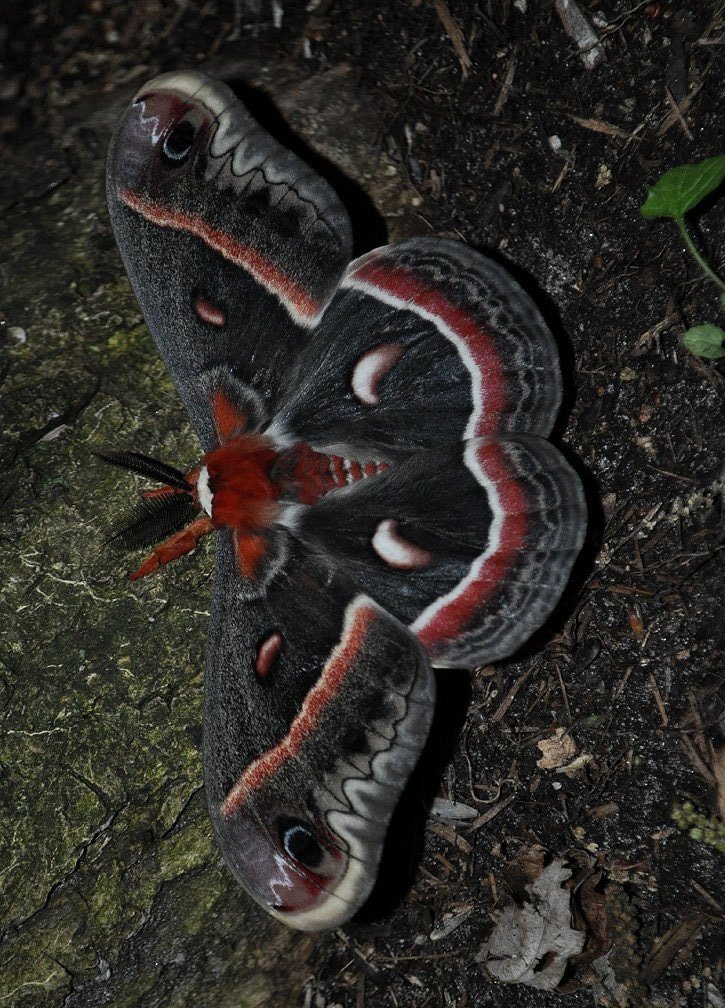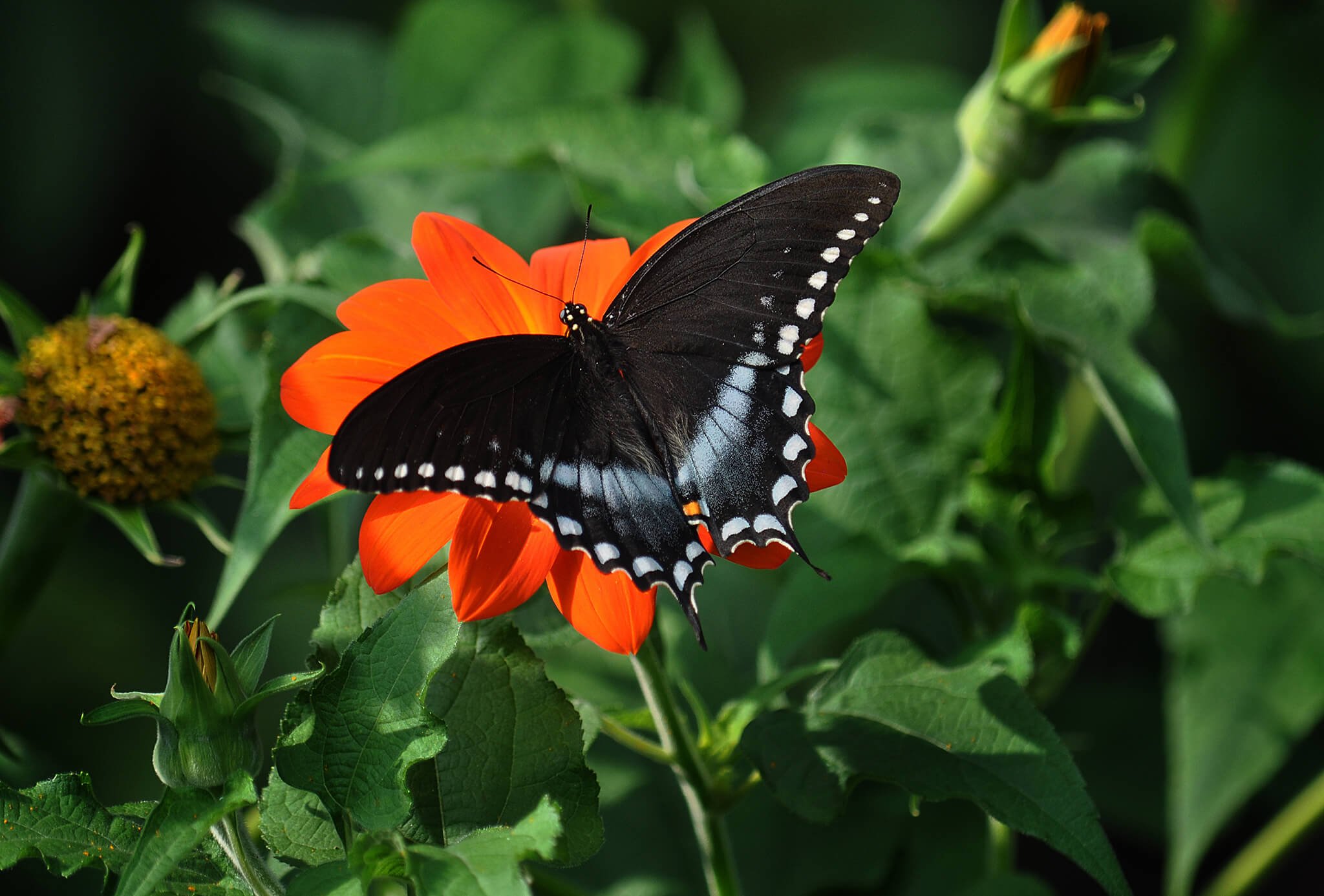Basswood (Tilia americana)
American Basswood, the northernmost basswood species, is a handsome shade and street tree. Flowers are inconspicuous but fragrant. The Xerces Society believes it is of special interest to native bees because it attracts large numbers of them and is a plant that attracts predatory or parasitoid insects that prey upon pest insects. Basswood is also a host plant to the Eastern Tiger Swallowtail, Mourning Cloak, and 143 other species of butterflies and moths in our area (nwf.org).
Photo credit: John Blair
American Basswood, the northernmost basswood species, is a handsome shade and street tree. Flowers are inconspicuous but fragrant. The Xerces Society believes it is of special interest to native bees because it attracts large numbers of them and is a plant that attracts predatory or parasitoid insects that prey upon pest insects. Basswood is also a host plant to the Eastern Tiger Swallowtail, Mourning Cloak, and 143 other species of butterflies and moths in our area (nwf.org).
Photo credit: John Blair
American Basswood, the northernmost basswood species, is a handsome shade and street tree. Flowers are inconspicuous but fragrant. The Xerces Society believes it is of special interest to native bees because it attracts large numbers of them and is a plant that attracts predatory or parasitoid insects that prey upon pest insects. Basswood is also a host plant to the Eastern Tiger Swallowtail, Mourning Cloak, and 143 other species of butterflies and moths in our area (nwf.org).
Photo credit: John Blair
Life Cycle: Perennial
Sun Exposure: Full, Partial
Soil Moisture: Medium-wet, Medium-dry
Height: 60-100 feet
Plant Spacing: 60-80 feet
Bloom Time: April-June
Bloom Color: Yellow
Advantages: Caterpillar Favorite, Pollinator Favorite, Bird Favorite
Host Plant: Eastern Tiger Swallowtail, Mourning Cloak, and 143 other species of butterflies and moths use this as a caterpillar host plant in our area (nwf.org)











